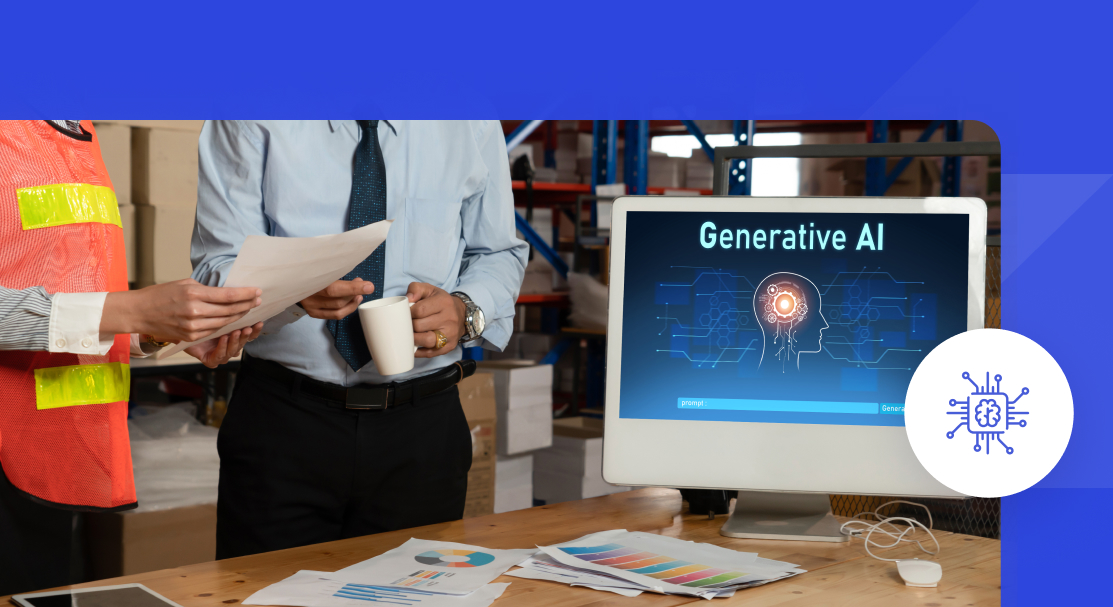

Artificial intelligence (AI) is revolutionizing occupational safety and health by providing real-time insights, predictive analytics, and automation to enhance workplace safety. AI technologies, such as wearable devices and computer vision systems, monitor environmental conditions and worker behaviors to detect potential hazards, enabling proactive interventions . In high-risk industries, AI contributes to improving workplace safety by analyzing data from various sources to forecast and mitigate risks . By integrating AI into safety protocols, organizations can ensure a safer work environment and reduce the likelihood of accidents.
Predictive analytics for accident prevention uses advanced AI algorithms and machine learning algorithms to analyze vast datasets and identify risk patterns. These AI predictive algorithms detect correlations between variables like worker behavior, equipment status, and environmental conditions, allowing for early intervention. Models in predicting accidents often rely on regression-based machine learning algorithms and classification techniques to forecast incidents with high accuracy
leveraging AI technologies, companies can implement smart safety systems that continuously learn and adapt, making AI safety tools essential for modern occupational health strategies
AI can predict and analyze workplace data to forecast risks and hazards with remarkable precision. By monitoring variables such as location-based activity, historical incidents, and sensor inputs, AI can forecast and flag potential dangers before they escalate
Companies now use AI to build safety dashboards that not only predict workplace accidents but also simulate different scenarios to test safety measures. Predicting injury severity is another breakthrough, where AI can analyze past injuries and environmental factors to assess the severity of occupational risks This shows the power of AI in transforming passive safety practices into proactive strategies.
AI-driven safety strategies enable a proactive approach by continuously monitoring workplace conditions and triggering alerts through real-time risk assessment. By using AI to identify unsafe behaviors, environmental anomalies, or equipment failures, businesses can instantly apply corrective safety measures in the workplace
These data-driven hazard identification systems help organizations monitor the work environment and implement dynamic safety protocols. Additionally, AI-enabled incident reporting streamlines documentation and analysis, improving the responsiveness and accuracy of safety management processes
Integrating AI into existing safety protocols enhances traditional safety technologies by adding predictive and real-time capabilities. The integration of AI with existing safety technologies allows for smarter decision-making, where AI tools complement existing systems, improving data accuracy and incident prevention. By leveraging the role of AI, companies can create more responsive and adaptive safety systems that seamlessly align with their established safety frameworks Effective AI implementation involves combining AI insights with manual checks, ensuring comprehensive and dynamic workplace safety
Workplace accidents and injuries are often the result of unforeseen workplace hazards that can range from environmental risks to human error. By predicting future accidents, AI can significantly reduce the likelihood of accidents by analyzing historical data and identifying potential hazards. For example, AI systems can predict industrial accidents, fatal accidents, and less severe incidents, allowing companies to implement corrective actions before incidents occur This analysis of occupational accidents also helps organizations understand common workplace incidents and adapt their safety measures accordingly. Through this proactive approach, AI aims to reduce workplace risks and prevent accidents from happening altogether

This website stores data such as cookies to enable site functionality including analytics and personalization. By using this website, you automatically accept that we use cookies.